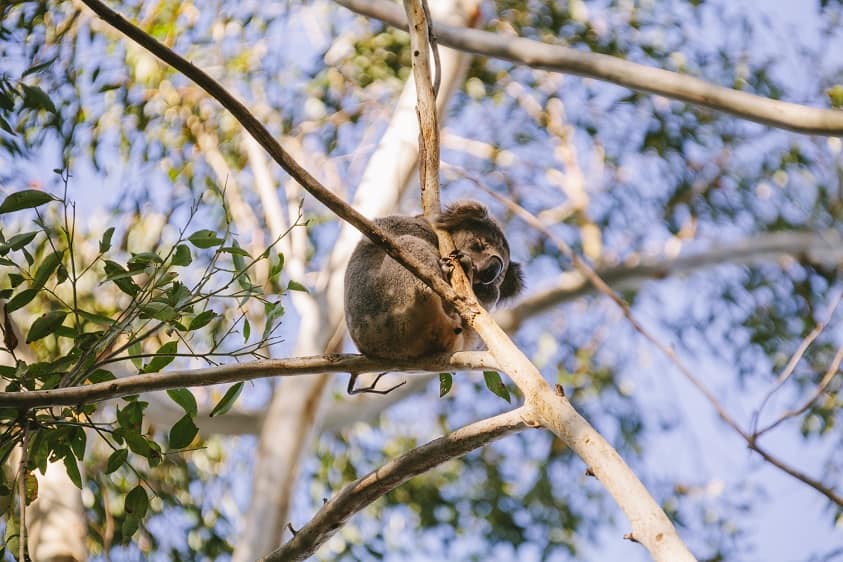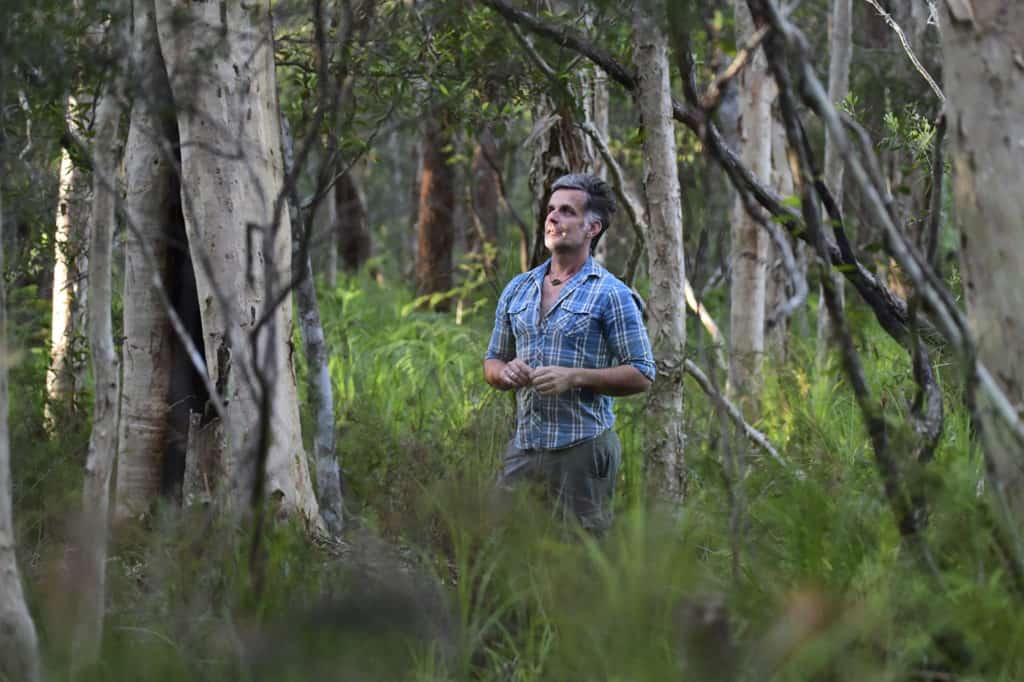The NSW Government is funding a Regional Partnership with Koala Conservation Australia to advance actions to restore and improve koala habitat in the Port Macquarie and Kempsey region.
Additional funding is also being provided to local councils in the region for vehicle strike mitigation and to support the creation of koala habitat maps, bringing the NSW Government's total investment in the Port Macquarie and Kempsey region to $1.55 million.
The NSW Government has committed $600,000 to fund a Regional Partnership between the NSW Government and Koala Conservation Australia, which manages the Port Macquarie Koala Hospital.
The partnership will fund a dedicated Koala Officer over the next 4 years who will work directly with the local community in the Port Macquarie and Kempsey region to undertake actions aligned with the NSW Koala Strategy to help conserve koalas.
Other organisations that will contribute to the Regional Partnership include the Port Macquarie – Hastings Council, Kempsey Council, Local Land Services, Port Macquarie Landcare, Macleay Landcare, Hastings Landcare, Biodiversity Conservation Trust and local Traditional Owners.
The project, in association with Koala Conservation Australia, will implement a range of on-ground actions, informed by community and scientific expertise, to protect local koala populations and their habitat under the 4 pillars of the Koala Strategy:
- koala habitat conservation and restoration
- supporting local communities to conserve koalas
- improving the safety and health of koalas
- building our knowledge of koalas.
A Koala Officer, based at the Port Macquarie Koala Hospital, will work to achieve the goals of the partnership and implement koala conservation actions, including:
- habitat restoration
- prevention of vehicle strike
- working with, and supporting, Aboriginal communities in koala conservation
- community engagement and education
- working with councils to map koala habitat.
Koala Conservation Australia will establish a Project Advisory Committee of partners to develop a strategic long-term project plan aligning with the priorities in the NSW Koala Strategy.
The NSW Government will also fund Koala Conservation Australia to restore and improve 250 hectares of habitat in the Port Macquarie and Kempsey region.
The NSW Koala Strategy will also work with Port Macquarie-Hastings and Kempsey Councils to mitigate vehicle strikes and with Kempsey Council to create koala habitat maps.
The Port Macquarie-Hastings and Kempsey Council areas contain 4 of the 19 populations prioritised for immediate investment under the NSW Koala Strategy.
Not only is the Port Macquarie and Kempsey population prioritised for immediate investment, but it has also been identified as containing 2 of the 10 stronghold koala populations in NSW. Koala Strongholds represent koala populations that are significant in some respect, for example some strongholds support very large populations of koalas, while others represent areas that are likely to be important refuge areas from the impacts of climate change in the coming decades.
Koala Conservation Australia and Port Macquarie-Hastings and Kempsey Councils have a demonstrated history of working with the community to support local koala populations and were key in delivering actions under the 2018-21 NSW Koala Strategy. This continued five-year collaboration builds on the success of the previous agreement and recognises the important role of local and cultural knowledge in conserving local koala populations in the Port Macquarie and Kempsey region.
Other regional partnerships have been established across the state, backed by a total investment of $15.7 million, to ensure community expertise and local knowledge are informing on-ground actions.
Latest news from Port Macquarie and Kempsey



